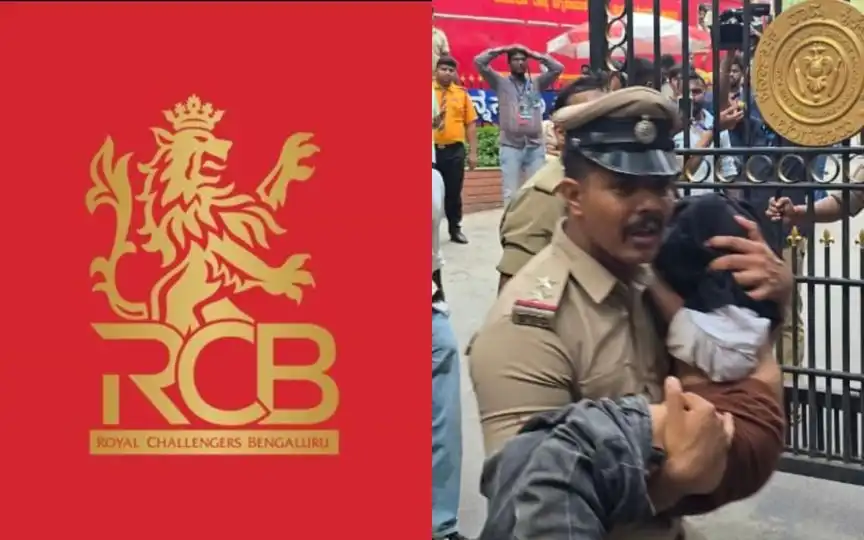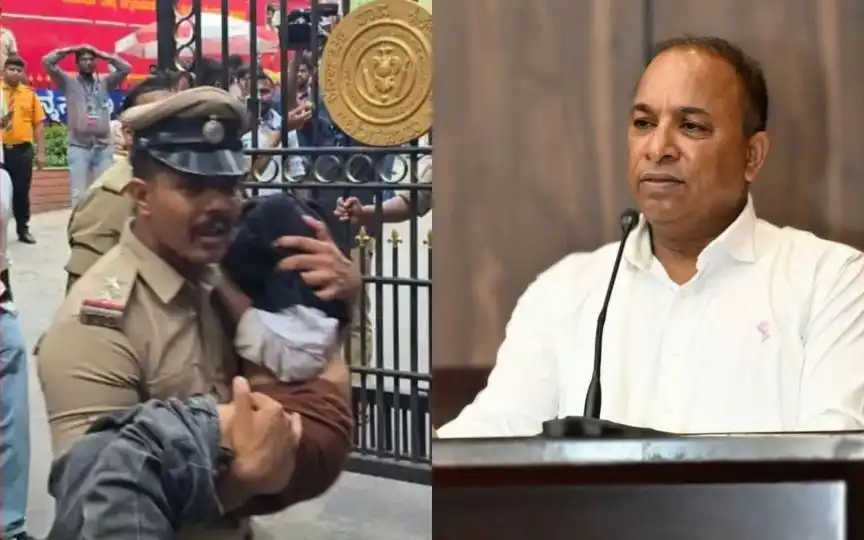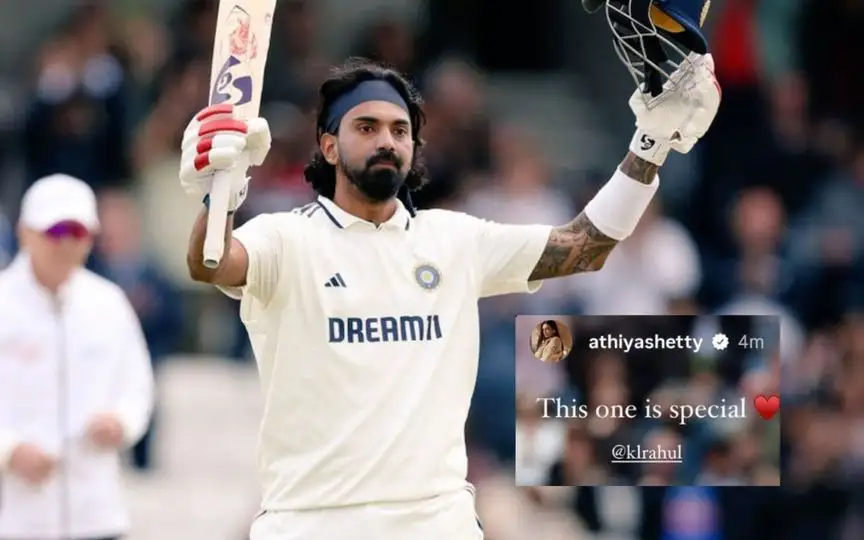(1).jpg?type=hq) Indian team after Champions Trophy win (Source:@VisitDubai_IN/X.com)
Indian team after Champions Trophy win (Source:@VisitDubai_IN/X.com)
July 2, 2024 - Hathras, December 4 2024 - Hyderabad, June 18 2025 - Etukuru, June 4 2025 - Bengaluru - Is there a common factor that connects these four different dates? Definitely, yes. Is that factor easily visible? Perhaps not, for the majority of the population.
For those who are still guessing the connection - these are some of the dates when human lives were lost in the middle of a huge uncontrollable crowd, famously called a stampede situation.
Perhaps the non-familiarity with these dates is a result of the sheer volume of stampedes in India and the normality status that it has achieved. However, there is more to it than stampedes to these dates. When it comes to India - Politics, Cricket, Cinema, and Religion are the four pillars around which the majority of discussions in the country occur.
The intensity of debates and actions around these topics can sometimes cross the expected societal boundaries, and the same thing happened on the dates mentioned above, where people ended up losing their lives or getting severely injured.
Hero Worship: A Problem That Binds India Together
There are numerous reasons for these tragic incidents, including a lack of civic sense and governance failure. However, Hero Worship is a significant factor in this as well, and it is something that is a common thread across various spheres of Indian society.
The support for a particular political party is often a result of admiration for a specific individual, while the same logic holds true for cinema and cricket, too. Of course, one cannot hold an individual accountable for the loss of lives due to their fandom, but what happened on June 4 during RCB's IPL 2025 celebration is unprecedented in the history of Indian cricket and cricket in general, so it has to be taken seriously.
Since that tragic incident where 11 people lost their lives, many people have blamed Virat Kohli. There is no doubt that the stalwart is the primary reason for RCB's huge fan following, and the majority of people assembled on Bengaluru streets wanted to catch a glimpse of their favourite cricketer.
Rise Of New-Age Fandom In AI-Powered World
However, it is not about a single individual; it is about the superstar culture that is fast moving towards an extreme lane in the world of cricket. India has a long history of treating cricketers as God and game as a religion. Sachin Tendulkar is the biggest name in this category and enjoys a fan-following across various spheres of Indian society.
However, there is a clear indication that the way people follow their idols has changed in the last decade or so. The accessibility of the internet and the advent of social media platforms have given fans a chance to express their opinions, which has resulted in a bombardment of love and hate for cricketers around the world.
All these social media platforms are fostered by AI-driven algorithms that continue to feed people what they want to see, creating a more polarised environment and staunch fan-following or hatred for a particular individual.
Public Perception Dismantling Cricket Fundamentals?
The media outlets and broadcasters follow the same route and keep feeding people what they want, to increase their profits and relevance. It creates a brand value of a particular player that is now arguably starting to affect the national selection, too. Many domestic performers, who are unlikely to attract brand value, often find themselves on the wrong side of the selection spectrum despite cricketing logic supporting their cause.
These are dangerous signs for the game of cricket and can potentially destroy the true essence of the game.
Thus, the love and hatred for a particular cricketer tend to be driven by public perception created in a virtual world, and cricketing logic often takes a backseat. It all has culminated in people turning cricketers into cult figures, the shades of which were seen in a tragic Bengaluru stampede case.
To make it clear again, it is not about a particular cricketer but rather the hero-worship mentality that has long been prevalent in Indian society and has only been magnified with the advent of social media and AI-driven algorithms.
Time To Step Up, BCCI!
So, what is the solution to this problem? In the long term, proper education and awareness can go a long way in keeping things more sane.
However, on a cricketing front, it is important that the BCCI brings all stakeholders, including the media, broadcasters, and players, together to curb the rise of superstar culture, which is growing at a rapid rate in Indian cricket.
The role of famous cricketers who are benefiting from the star culture also becomes important. They can be used to create more awareness among fans, especially to avoid situations like the Bengaluru stampede. However, it is important to realise the core reason of tragic events like stampede rather than considering them as a one-off incident.
At a practical level, it all seems like a far-fetched dream, as hero worship and star culture help stakeholders of the game generate more money. There are also many factors that are driven by the market and cannot be controlled.
However, that is where the regulating body has to look beyond financial benefits and take some bold steps. The stampede in Bengaluru should act as an eye-opener rather than just a platform for a blame game, and it presents an opportunity for the richest cricket board to inspire other populist entities in the country through its governance.


.jpg?type=mq)


.jpg?type=mq)
